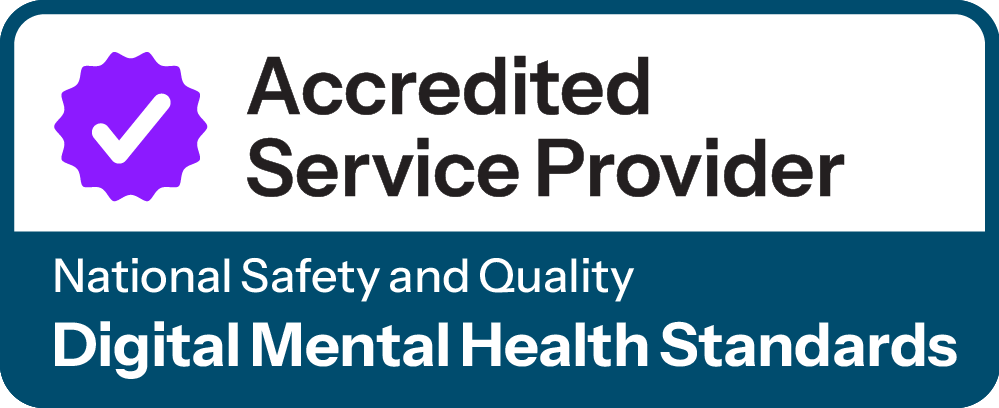Leading digital mental health service ReachOut Australia has welcomed the announcement of funding by the Minister for Health and Sport, Greg Hunt, as part of the National Suicide Prevention Leadership and Support Program.
ReachOut will use the funding to develop an everyday issues-based campaign targeted at young people experiencing suicidal ideation to engage with ReachOut.com and get help.
ReachOut CEO Jono Nicholas said, ‘Although ReachOut content and delivery aims to assist young people with mild to moderate mental health difficulties, our service data shows that a large proportion of young people accessing our service are experiencing acute distress.
‘Many of these young people had sought both formal and informal help previously, but around half had not found the help they needed. Our data shows that young people – including those experiencing suicidal ideation – value digital self-help services like ReachOut as an engaging and effective service.
‘Our trusted service helps young people overcome the barriers to getting help, which might include cost, transport, waiting lists, stigma, a fear of breach of confidentiality and a preference for self-reliance. Digital services like ReachOut can meet unlimited demand, are low-cost and available at any time,’ Mr Nicholas said.
Young Australians spend a lot of time online and see the internet as an important source of information and advice, so technology is a viable way to engage them in the treatment and management of their mental health.
From ReachOut.com, young people can access digital factsheets, apps, games, videos, peer networks. They are also supported to access further help if they need it.
‘We welcome the government’s recognition of the value of digital self-help services in suicide prevention.’
ReachOut Data on Suicidal Ideation
A survey of 2000 young people aged 16-25 who accessed ReachOut services four times over a three-month period found:
 
ReachOut will use the funding to develop an everyday issues-based campaign targeted at young people experiencing suicidal ideation to engage with ReachOut.com and get help.
ReachOut CEO Jono Nicholas said, ‘Although ReachOut content and delivery aims to assist young people with mild to moderate mental health difficulties, our service data shows that a large proportion of young people accessing our service are experiencing acute distress.
‘Many of these young people had sought both formal and informal help previously, but around half had not found the help they needed. Our data shows that young people – including those experiencing suicidal ideation – value digital self-help services like ReachOut as an engaging and effective service.
‘Our trusted service helps young people overcome the barriers to getting help, which might include cost, transport, waiting lists, stigma, a fear of breach of confidentiality and a preference for self-reliance. Digital services like ReachOut can meet unlimited demand, are low-cost and available at any time,’ Mr Nicholas said.
Young Australians spend a lot of time online and see the internet as an important source of information and advice, so technology is a viable way to engage them in the treatment and management of their mental health.
From ReachOut.com, young people can access digital factsheets, apps, games, videos, peer networks. They are also supported to access further help if they need it.
‘We welcome the government’s recognition of the value of digital self-help services in suicide prevention.’
ReachOut Data on Suicidal Ideation
A survey of 2000 young people aged 16-25 who accessed ReachOut services four times over a three-month period found:
- Over 33% of 16-20 year olds identified as being at high-risk of suicide, while 24% of 21-25 year olds identified as high-risk
- individuals who identified as LGBTQI were nearly twice as likely to be at high risk of suicide (42.7%) compared to participants who identified as heterosexual (23.1%)
- 85.7% of participants who were at high risk of suicide faced stressful or serious problems in the last three months and recognised that they needed help. Furthermore, 50.7% did not seek help, whilst 35% sought help.
- Depression and anxiety are the top 2 reasons for visiting ReachOut for all suicidal ideation risk levels.
- Suicide becomes an increasingly important reason for visiting ReachOut as risk of suicide increases
- All users of ReachOut, regardless of suicide risk level, provided very high user experience ratings, with over 95% of participants at all risk levels rating ReachOut as good or excellent on usefulness of the content, providing a safe and supportive community and on an overall rating of ReachOut.com
- Helpfulness of mental health professionals decreases as risk levels increase, with 63.3% of no/low risk individuals finding them helpful/extremely helpful, declining to 49.6% for medium risk, and 44.2% for high risk.
 






